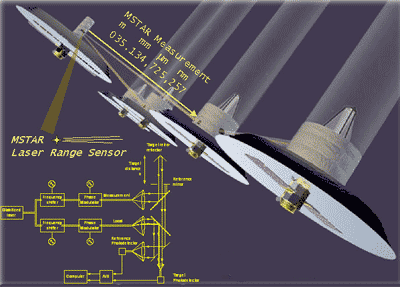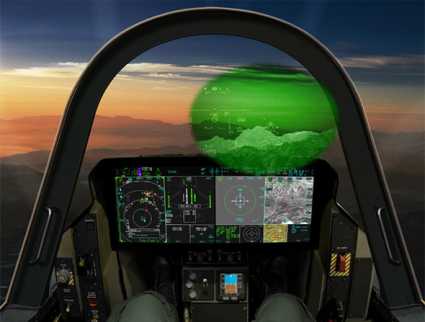 qa
qaBut a different kind. Today is a day to pay tribute to the Son of God, part of the trinity who hung the stars in the heavens.Technology you ask? Yep, It’s about the Creator of the Universe and all that is in it. Just contemplate the picture of the Tadpole galaxy above for a moment. Consider going to either
this or
this link to see more pictures from NASA of the universe, or, if that’s too expansive for the moment, our solar system.How did it all get here, from the Black Holes, to the comets, to the atomic interactions of the star’s inner cores, to the wonder of the “universal acid” that fuels life here on Earth and is sought out elsewhere in the Universe by out scientists, as a signal that life maybe accompanied by the presence of water…
What about photosynthesis? Hydrogen bonding? Brownian motion? asexual replication? Gravity? Lift? Hemoglobin? Gold? The things on the Periodic Chart? The brain, in each and every form?
Consider this: Cosmologists/physicists tell us the Universe formed from an incredibly dense ball of matter. Consider this, too: Black holes, as defined in our understood science are balls of matter, held together so tightly, that even photons cannot escape their grasp. We speculate on their existence be derived observations, where light isn’t coming from. Now, I have heard said “the Bible is not a book of science, but when it speaks to it, it is correct.” Take that how you may, but I’ll reference Genesis 1:3:
And God said “Let there be light” and there was light.
Could that have been the unleashing of the very elemental waves/particles we study as light, from the single core of the only black hole in existence? The “Big Bang” as it were? I attribute it to that, aided by the millenia of understanding mankind has determined, to God Himself. My question to those who aren’t sure: How the heck did that large pile of matter end up being assembled in the center of the universe? Makes you wonder, huh? Now, one I don’t think I have encountered: Who placed the large expanse of nothingness around the place we try to reckon as the center of the Universe? Someone had to clear the lot before a house gets built, right?
Psalm 19:
1The heavens declare the glory of God; the skies proclaim the work of His hands.
2Day after day they pour forth speech; night after night they display knowledge.
3There is no speech or language where their voice is not heard.
4Their voice goes out into all the earth; their words to the end of the world.
My question now for you: Doesn’t a look skyward, in day or night, give you a reason to wonder? I would hope so. And when you wonder, who do you say did it all?
Take a few minutes to read Job 38 to 41 for a compendium of some of the things God has done to create the Universe and life. It can give one a greater appreciation of the effort it took to do that. Amazingly, it took a man complaining to God about what he wasn’t doing for us to get the Lord’s “resume” for the record, in much greater detail that presented in Genesis.
Having spent a lot of years observing my physical surrounding and the body of (ever changing) science, I have come to a point, about a decade ago, where I let God get the glory for the creation of it all. We, in my humble opinion, are allowed to discover how it works, like kids peering through the dusty garage windows of that seemingly nutty neighbor down the block who has a workshop full of inventions. Sometimes, while looking in, we even figure out a piece of how something works, but we never will know it all, yet we will be happy to use the outcome to our benefit.
He not only took care of the macro level, He spent time designing everything else. King David remarked thusly in Psalm 139:
13For You created my inmost being; You knit me together in my mother’s womb.
14I praise You because I am fearfully and wonderfully made; Your works are wonderful, I know that full well.
Remember the high school biology classes about DNA, RNA, transfer RNA, and the 4 proteins that make up DNA? One could certainly describe that process as “knitting.”
Scientists, on a daily basis, ask us to take their understanding on faith and act on it. Even much of what they know is derived from what they can observe, to help the determine what must have been, so that the circumstances they are studying make sense to them first. Faith, is therefore not an unknown thing, and responsible people use it regularly to operate in life.
This day, picked for some reason as a day in the year to celebrate the giving of a gift to us may not be the actual day of the year that Jesus the Christ was born, but a large portion of humanity has picked December 25th as the day, and the business acumen of some of the rest of the world’s inhabitants have made it a great commercial endeavor. It’s not like parents of adopted children haven’t had to sometimes do the same type of thing, let alone the numerous pet owners happy to also make up a birth date. So why argue over the date, when it’s about the issue.
All in all, it is a day to consider that the Creator of the entire Universe, and all that is in it, cared enough to send His Son so we could look forward to a day when all our pain was gone, all our sadness behind us and a life everlasting stands before us, but also so we might understand ourselves and our fellow travelers on this planet, so that we might enjoy life more abundantly here and now. All you have to do is accept that gift. Even more amazing is that He doesn’t force you at all in the decision. He who created gravity to allow us to sit and type our thoughts to one another on the internet, with out the desk, chair and keyboard floating away. If He could do that, why does He let us decide if we will accept His love? Once I got passed my individual arrogance regarding MY view of MY presence and purpose here and now, I understand how awesome that situation is.
You know, even the Koran said God filled the virgin Mary with God’s spirit in the 66th Sura, regarding the birth of Jesus as something special. It even labels Jesus as the Christ in 2:136, “Christ” being Greek for “Messiah.”
So, in closing, Merry Christmas to all.

 qa
qa

